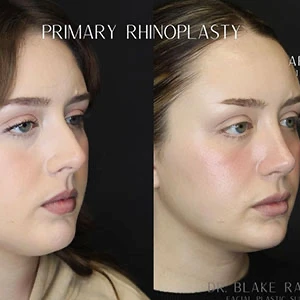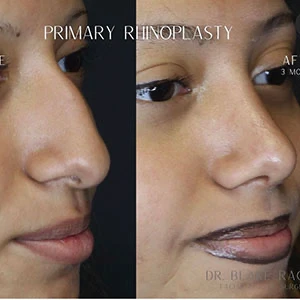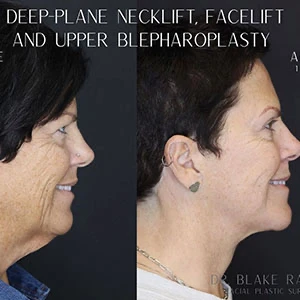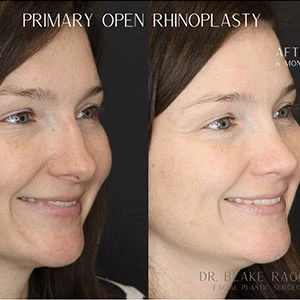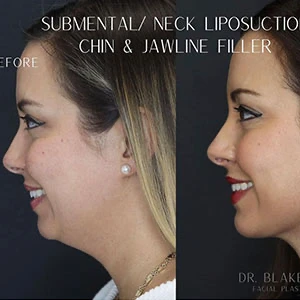
Published on April 2023
Botox for the Boomer
In last month’s article, we discussed the anatomy of facial aging. Today, we will explore one of the many solutions available to help reverse and/ or prevent signs of aging. Join me as I discuss the nuances of perhaps the most popular anti-aging procedure available today, botulinum toxin, or more commonly referred to as “Botox.”
What exactly is botulinum toxin?
Botulinum toxin, commonly referred to as “Botox” or “toxin” for short, represents a powerful neuromodulator derived from a toxin purified from a bacterium, Clostridium botulinum. To clarify, one should know there exists several tradenames of botulinum toxin, five of which are currently available in the United States and FDA-approved for cosmetic use. They include, Botox, Dysport, Xeomin, Jeuveau, and Daxxify. For the remainder of the article, we will use the term toxin or neuromodulators to refer to any of the above botulinum toxin preparations.
How does toxin work?
As mentioned above, toxin is a neuromodulator that works by blocking the nerve signals needed for muscles to contract. When injected using precise amounts into targeted muscles of the face, toxin can be safely used to soften wrinkles by relaxing the muscles whose repetitive movement is associated with deep lines or wrinkles (e.g., smiling, frowning, surprised, grimace).
What areas of the face can be treated with toxin?
Botulinum toxin can be used to soften lines and wrinkles on several different areas of the face, including the more commonly addressed forehead, eye area (crow’s feet), and “bunny lines” on the nose. A more experienced injector may also discuss the roles of toxin to soften chin dimpling, treat a “gummy smile,” turn up the corners of the mouth, increase lip “pout,” improve the contour of the neck (Nefertiti lift), soften neck- banding (playstma injections), slim the jawline (masseter injections), rotate the tip of the nose, or improve the overall appearance and texture of the skin by injecting hyper-dilute concentrations of toxin (meso- botox). NOTE: some of these treatments may be considered off-label, so please consult with a credentialed and reputable physician when creating a treatment plan.
What does a toxin treatment feel like?
For most people, toxin injections are a very quick in-office procedure with minimal discomfort (often described as a “pinch”). Even better, there is virtually no downtime associated with toxin injections. In fact, many patients come for their treatment during their lunchbreaks and can return to work immediately after their appointment. Also, try to find an injector who offers other ancillary measures to maximize your comfort, which may include vibration devices, ice, or topical anesthesia.
How soon will I see results, and how long does it last?
Generally, it takes 7 days to see the full effects of toxin. The results typically last between 3-5 months, depending on a variety of factors including injection technique, dosing concentration, age, metabolism, and physical activity level. Repeated “maintenance” injections every 3-4 months help patients maintain their results for a longer period, sometimes requiring less amount of product during subsequent visits as the muscles progressively weaken or atrophy.
Is toxin safe? What are the side effects?
The various FDA-approved botulinum toxin preparations for cosmetic use have an extremely high safety profile with minimal and temporary side effects including bruising, swelling, redness, or tenderness to the injection site. You should know, however, that some contraindications exist, including if you have certain neurological diseases or are taking antibiotics. It is also recommended to avoid treatment within 2 weeks of being sick, having dental work, or receiving a vaccine. Overall, neuromodulators such as Botox, Dysport, and Xeomin represent a safe and powerful toolto prevent and treat the signs of aging.
When should I start getting toxin? What do I need to do?
While some may worry that they are either “too young” or “too old” to receive toxin, there is no right or wrong age to begin treatments. Simply put, if you have wrinkles that you’d like to soften or eliminate, toxin may be right for you. The first step involves finding a reputable, credentialed, and experienced injector with intimate knowledge of facial anatomy who can offer you a customized treatment plan based on your aesthetic goals.
Lastly, choose a surgeon whom you trust.
There are few things more important than
your relationship with your doctor.
In Good Health,
Blake Raggio, M.D
Double Board Certified Facial Plastic Surgeon
